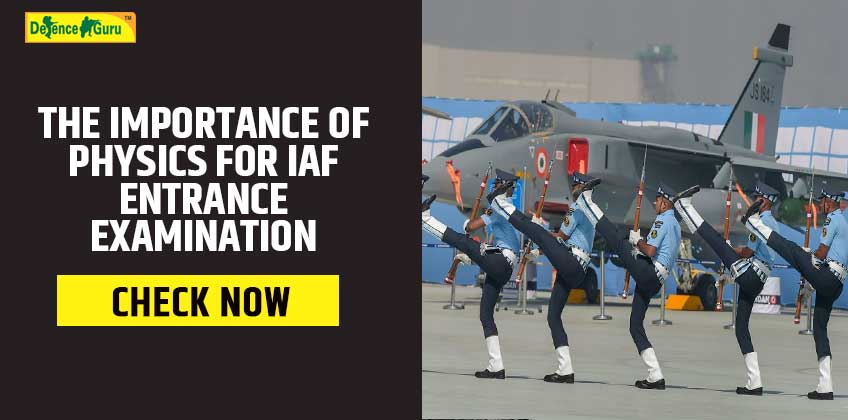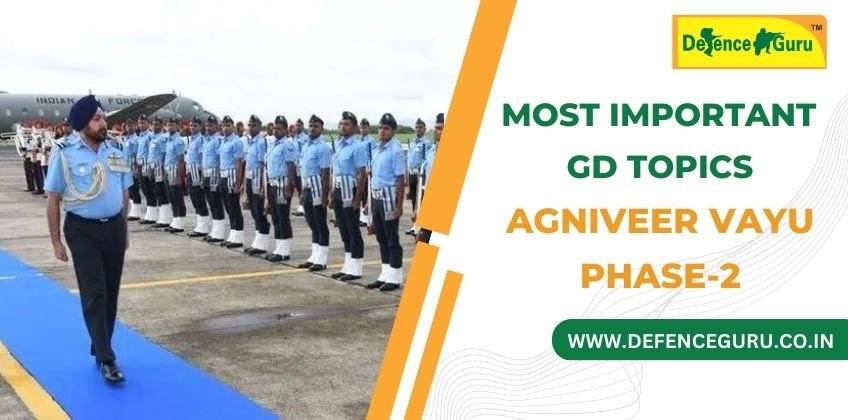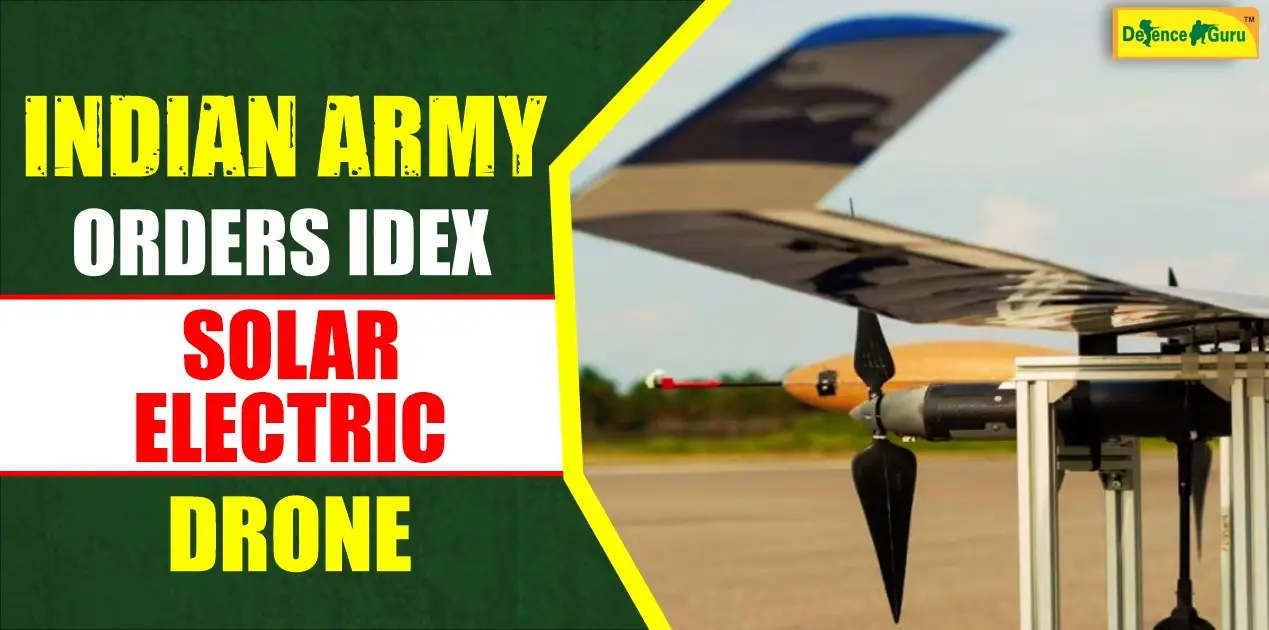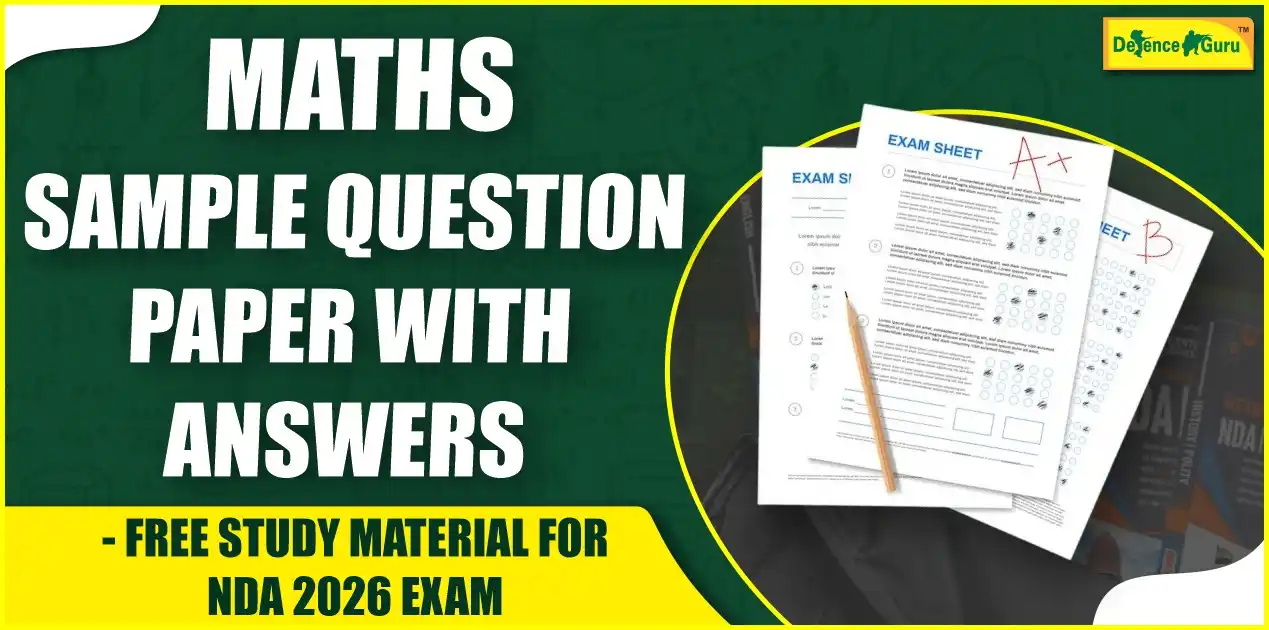“When once you have tasted flight, you will forever walk the earth with your eyes turned skyward, for there you have been, and there you will always long to return.”
When preparing for competitive exams like the IAF entrance exam, students go through a jittery phase where they are unsure about preparation and how to go about it. The confusion that engulfs them relates to the topics or the mode of preparation or the books that they should refer to. Among all the subjects, Physics leaves them spellbound through many of the highly specialized topics that need to be mastered namely- thermodynamics, SHM Waves, Optics, Conductors, etc. For the Airforce entrance examination, Physics is an inseparable part of the paper.
Physics, which also means ‘knowledge of nature’, is a subject of science which studies matter, its movements and its action through space and time in nature. The first and main important objective of physics is to understand how the universe functions and assist in making new discoveries with time. Physics is one of the most important subjects and areas of study which fuels most of the work we get done by today's machines. This makes it one of the most important subjects when you are preparing for IAF.
The importance of Physics for IAF Entrance Examination
In the entrance examination of Indian Air Force Group X and Group X &Y, physics is one of the core subjects, and has more than 35% stack in the written examination of Group X, and approximately 30% stack in the written examination of Group X-Y. The time assigned per question is less than a minute. Please refer to this table for details:
|
Group Name |
Total Question |
Physics Questions |
Total time assigned ( minutes) |
Time (minutes) assigned for Physics |
|
X Group |
70 |
25 |
60 |
21.4 |
|
X-Y Group |
100 |
25 |
85 |
21.5 |
The syllabus of Physics for both groups - X and XY is given in table no. 2 :
Table 2 : Syllabus of Physics
|
Sr. No. |
Topic |
Sr. No. |
Topic |
|
1 |
Physical World and Measurement |
11 |
Electrostatics |
|
2 |
Kinematics |
12 |
Current Electricity |
|
3 |
Laws of motion |
13 |
Magnetic Effects of Current and Magnetism |
|
4 |
Work, Energy and Power |
14 |
Electromagnetic Induction and Alternating Current |
|
5 |
Motion of System of Particles and Rigid Body. |
15 |
Electro Magnetic Waves |
|
6 |
Gravitation |
16 |
Optics |
|
7 |
Properties of Bulk Matter |
17 |
Dual Nature of Matter and Radiation |
|
8 |
Thermodynamics |
18 |
Atoms and Nuclei |
|
9 |
Behavior of Perfect Gases and Kinetic Theory of Gases. |
19 |
Electronic Devices |
|
10 |
Oscillations and Waves |
20 |
Communication Systems |
The physics syllabus for this examination is as per the CBSE Class 11 & 12 pre-covid period. Chapter wise important topics are given in Table no. 3.
|
Sr. No. |
Topic |
Important s |
|
1 |
Physical World and Measurement |
Size/mass/time- physical word – smallest and largest size. Smallest /largest units, SI Unit System, Dimensions, measurement Errors |
|
2 |
Kinematics |
Displacement, Distance, Speed , Velocity, Equation of motion, projectile motion |
|
3 |
Laws of motion |
Newtons laws of motion, friction, Impulse, centripetal force. |
|
4 |
Work, Energy and Power |
Work done by constant force by and variable force, power and Energy conservation law and collisions |
|
5 |
Motion of System of Particles and Rigid Body. |
Moment of Inertia, Angular momentum , Conservation of angular momentum, equation of rotational motion |
|
6 |
Gravitation |
Newton universal law, acceleration due to gravity ‘g’, Variation in g, escape velocity, Kepler’s laws, artificial satellite |
|
7 |
Properties of Bulk Matter |
Elastic properties of solid, Archimedes Principle, Bernoulli theorem and applications |
|
8 |
Thermodynamics |
Heat units and conversion, Thermal conductivity of solid, liquid and gases, Thermal expansion, isothermal and adiabatic process, zero th, first and second laws of thermodynamics, Carnot energy efficiency, heat engine efficiency |
|
9 |
Behavior of Perfect Gases and Kinetic Theory of Gases. |
Gas laws, Kinetic theory of Gases, specific heat - Cp & Cv. Ratio of Cp/Cv. |
|
10 |
Oscillations and Waves |
Simple harmonic motion, Equation of wave, Standing wave, Beats of sound wave. |
|
11 |
Electrostatics |
Electric Charge, Coulomb Law, Electric field, dipoles, Electric Flux , Electric potential for conducting and non-conducting sphere |
|
12 |
Current Electricity |
Current, Kirchhoff law, Ohm Law, EMF of cells, resistance combinations , wheatstone bridge, potentiometer- |
|
13 |
Magnetic Effects of Current and Magnetism |
Bio-savart law, Gauss law of magnetic field, solenoid , Ampere law, earth magnetic field, motor, galvanometer - Ammeter and voltmeter |
|
14 |
Electromagnetic Induction and Alternating Current |
Faraday Induction, AC current , Vrms value, Circuits having L, LC, LCR, R , RC . Choke |
|
15 |
Electro Magnetic Waves |
Maxwell equations, Electromagnetic fields, speed of light, electromagnetic spectrum |
|
16 |
Optics |
Reflection, Refraction, image formation though mirrors and lenses, Total internal reflection, Periscope, Human Eye, Telescope, Microscope, interference , diffraction, dispersion , polarization |
|
17 |
Dual Nature of Matter and Radiation |
Photoelectric effect , Solar cell , De Broglie wavelength, uncertainty principal |
|
18 |
Atoms and Nuclei |
Rutherford experiment and Bohr atomic model , Line spectrum of Hydrogen atom, Isobars, Isotope, Nucleus size and forces, binding energy per nucleon, Fission, Fusion, Radioactive decay and half-life |
|
19 |
Electronic Devices |
Semiconductor, PN Junction diode, Transistor , Logical gates |
|
20 |
Communication Systems |
Bandwidth, Frequency Spectrum, Ground wave, Sky wave and Space wave, satellite communication, FAX Machine, Tele-printer , wire-line communication |
Normally, there are 25-30% of numericals and the balance are conceptual questions. Since the time allotted to each question is less than a minute, the calculations will be pretty simple.
In conclusion we would like to bring to your attention, it is the subject that is the basis of many other sciences. It helps you understand the universe and the World around you. Physics is required even if you decide to join the airforce or any other defence fields. Even if you do not choose sciences at later stages, the study of Physics will help you broaden your perspective. So, focus on the subject as much as you can. We here understand your difficulties and encourage you to make the subject fun with learning methods which invoke curiosity. Because the important thing is not to stop questioning. Curiosity has its own reason for existence. One cannot help but be in awe when he contemplates the mysteries of eternity, of life, of the marvelous structure of reality. It is enough if one tries merely to comprehend a little of this mystery each day.
By,
Dr. Sangeet Kumar
Faculty: Dept of Physics
Centurion Defence Academy




















